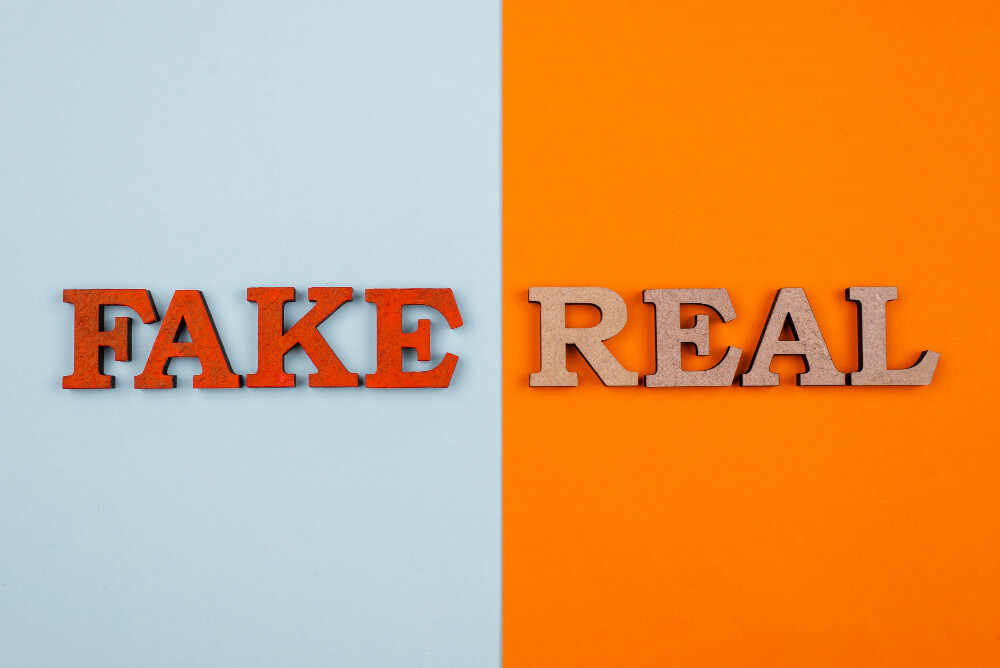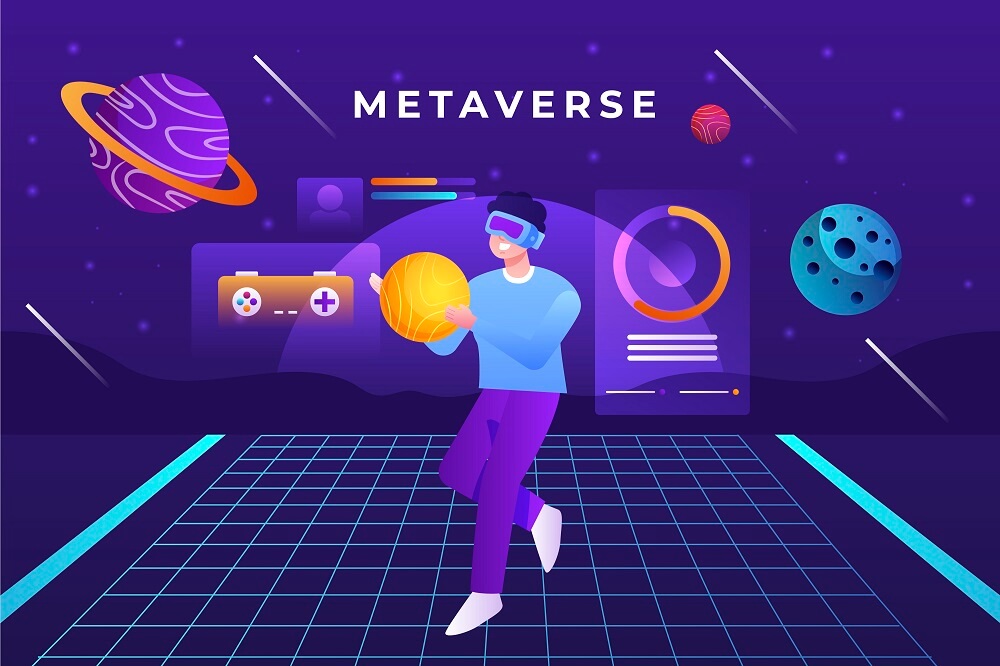In an era dominated by digital media and information overload, the rise of deepfakes poses a significant threat to the integrity of truth and reality. Deepfakes, a form of synthetic media generated using artificial intelligence (AI) techniques, have become increasingly sophisticated, blurring the lines between fact and fiction and raising concerns about their potential to spread misinformation and manipulate public opinion.
Concerns Around Deepfakes and Disinformation
In this blog post, we will delve into the growing concerns surrounding deepfakes and disinformation, the ongoing efforts to develop detection and mitigation strategies, and the role of social media platforms and individuals in combating the spread of misinformation.
The Growing Threat of Deepfakes
Deepfakes are AI-generated videos, images, or audio recordings that manipulate visual or audio content to create realistic but fabricated media. Using techniques such as generative adversarial networks (GANs), deep learning algorithms can seamlessly swap faces, alter voices, and even create entirely fabricated scenes, making it difficult for viewers to discern between real and fake content.
The increasing sophistication of deepfake technology poses a significant threat to society, as malicious actors can use it to spread misinformation, manipulate public opinion, and undermine trust in institutions and individuals. From political propaganda and fake news to revenge porn and financial scams, deepfakes have the potential to wreak havoc on individuals and society at large.

Detection and Mitigation Strategies
Efforts to combat the spread of deepfakes and disinformation are underway, with researchers and tech companies developing detection and mitigation strategies to identify and counteract synthetic media. These strategies include:
Algorithmic Detection
Researchers are developing AI-based algorithms capable of detecting and identifying deepfakes by analyzing subtle inconsistencies in facial features, speech patterns, and audiovisual cues. These algorithms leverage machine learning techniques to differentiate between authentic and manipulated media, helping to flag potentially harmful content before it spreads.
Forensic Analysis
Digital forensics techniques are used to analyze the metadata and artifacts embedded in media files, providing clues about their authenticity and origin. By examining timestamps, compression algorithms, and other digital signatures, forensic experts can uncover evidence of tampering or manipulation in deepfake media.
Blockchain Verification
Blockchain technology is being explored as a means of verifying the authenticity of media content by creating immutable records of provenance and ownership. By storing metadata and cryptographic hashes on a decentralized ledger, blockchain-based systems can provide a tamper-proof audit trail for verifying the integrity of digital media.
Educational Initiatives
Public awareness campaigns and educational programs are essential for empowering individuals to recognize and resist the influence of deepfakes and disinformation. By teaching critical thinking skills, media literacy, and digital hygiene practices, these initiatives aim to inoculate people against the spread of misinformation and propaganda.
Role of Social Media Platforms and Individuals:
Social media platforms play a central role in the dissemination of deepfakes and disinformation, making them both vectors for the spread of misinformation and potential battlegrounds for combating it. Platforms such as Facebook, Twitter, and YouTube have taken steps to address the issue by implementing policies and technologies to detect and remove harmful content. However, the cat-and-mouse game between tech companies and malicious actors continues, with new challenges emerging as deepfake technology evolves.
Individuals also have a role to play in combating the spread of misinformation by being vigilant consumers of media and practicing responsible sharing habits. By fact-checking information before sharing it, critically evaluating the credibility of sources, and being mindful of the potential consequences of spreading false or misleading content, individuals can help stem the tide of misinformation and protect themselves and others from its harmful effects.
Conclusion:
In conclusion, the growing prevalence of deepfakes and disinformation represents a significant threat to the integrity of information and public discourse. As deepfake technology becomes increasingly sophisticated, the need for effective detection and mitigation strategies becomes more urgent. By leveraging AI algorithms, forensic analysis techniques, blockchain verification, and educational initiatives, we can combat the spread of deepfakes and empower individuals to navigate the complex landscape of digital media with confidence and clarity. Together, we can uphold the principles of truth, transparency, and trust in the digital age.


